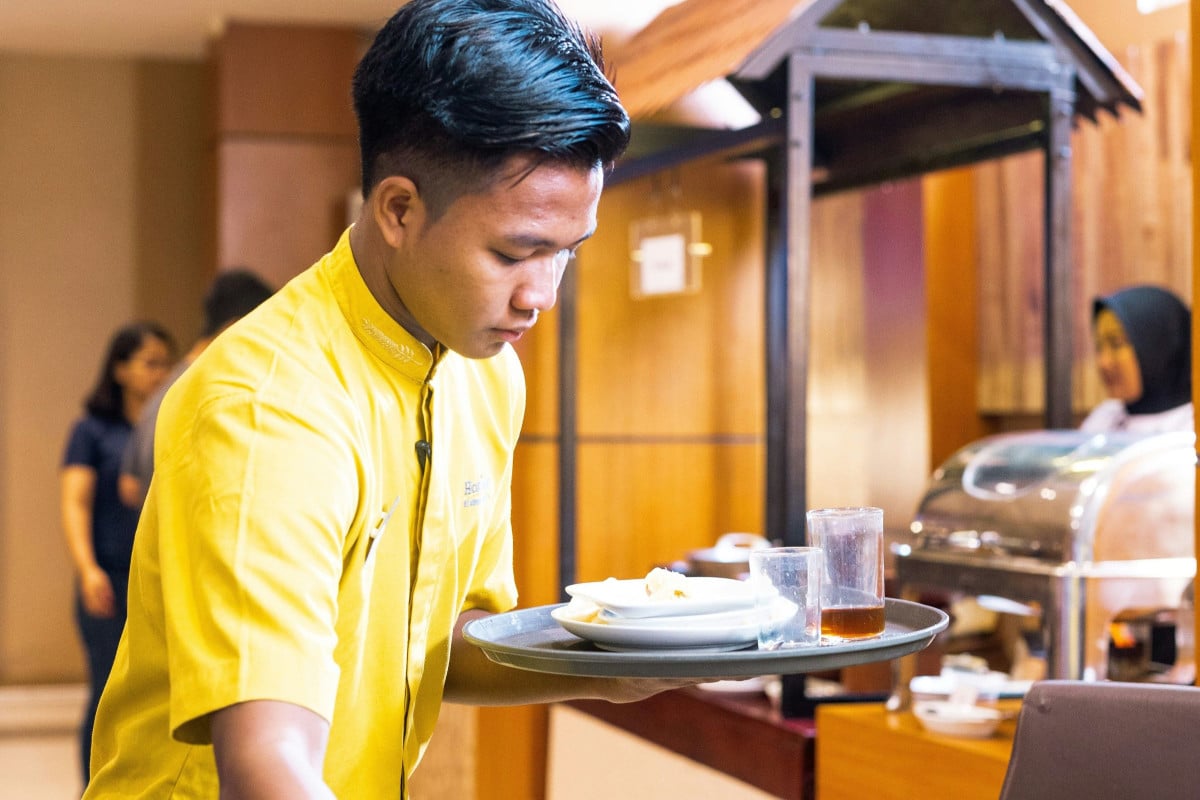3 min read
How to Create a Restaurant Loyalty Program That Works
Building customer loyalty is challenging, to say the least, but if your goal is motivating guests to visit more often and spend more when they do,...
6 min read

The good news is there are practical, data-backed strategies to reduce waste, forecast more accurately, and get the most out of your team, without sacrificing guest experience.
Whether you operate a quick-service concept, fine dining room, or multi-unit franchise, this article shows you how to simplify labor cost management and maintain profitability in every shift.
Restaurant labor costs are more than just hourly wages. They include all the expenses required to keep your team running smoothly. Managing them well is key to protecting your higher profit margins.
Labor costs represent the full scope of what it takes to staff your restaurant effectively, including wages, benefits, taxes, training, and scheduling impacts.
These costs include:
Together, these outlays form your total labor investment, which is one of the biggest aspects of controlling operational expenses.
Knowing how your labor costs compare to industry averages helps you spot inefficiencies and set realistic targets.
Here are the average labor costs for four types of restaurants:
Use this standard formula:
Labor Cost % = (Total Labor Costs ÷ Total Sales) x 100
Benchmarking can help you reduce labor costs by understanding where your operation stands in relation to others.
Optimizing your labor strategy doesn’t mean sacrificing service. It means working smarter.
These proven methods help you trim inefficiencies, motivate staff, and align scheduling with real-world demand.
Data-backed schedules eliminate guesswork and ensure you’re never overstaffed or understaffed.
Leveraging real-time data ensures you’re staffed for what’s coming, not just what’s already happened.
A flexible team is your best insurance against absenteeism and last-minute changes:
Cross-trained employees give your team the flexibility to stay productive and responsive, no matter what the day brings.
Tracking labor performance by sales output helps reveal where you’re spending too much—or too little.
Regular ratio analysis helps you shift from reactive staffing to proactive optimization.
Clear benchmarks empower you and your team to aim for consistent, measurable improvements.
KPIs turn labor management from a guessing game into a repeatable, data-driven strategy.
High restaurant staff turnover drains budgets. Retain your best workers to protect both service quality and profit.
Engagement matters as much as wages when it comes to keeping your team motivated, and it mirrors many effective customer retention strategies.
Free up managers and staff by automating the most time-consuming parts of your operation:
The more you automate, the more time your team can spend delivering a better guest experience.
Even well-run restaurants can lose money by overlooking these common labor pitfalls; awareness is the first step to addressing them.
Manual schedules may seem flexible, but they introduce costly inconsistencies and hidden compliance risks. Manual scheduling:
A manual approach may feel nimble, but it often results in excess costs and unnecessary stress.
Failing to plan for coverage gaps leads to overtime pay, one of the fastest ways to create higher labor costs.
Factoring in backup coverage helps you stay prepared and within budget, especially during peak periods.
Not all hours of operation are equally profitable, and ignoring shift-level performance hides major inefficiencies.
Reviewing shift-level profitability ensures you’re staffing smart where it counts and cutting losses where needed.
Modern restaurant operations demand smarter systems. The right tools not only save time, but also help you lower labor costs, improve accuracy, and stay compliant across every location.
Smart employee scheduling software platforms eliminate manual errors, improve shift coverage, and keep labor aligned with sales projections.
Labor scheduling tools give restaurant operators the visibility and agility needed to staff efficiently and avoid costly mistakes.
Robust payroll tools help you stay on top of employee wages, overtime, taxes, and benefits without getting overwhelmed by administrative tasks.
Consider building or refining your restaurant’s full labor and marketing tech stack using inspiration from tech stacks for business-to-consumer (B2C) marketers.
Integrating guest data with labor insights helps align staffing with real-world demand patterns.
When loyalty and labor systems work together, operators can match team effort with guest opportunity more strategically.
Need the full scoop on labor cost calculations and operational improvements? Here are the most commonly asked questions about these challenges and our answers.
When calculating labor costs, a good labor cost percentage typically falls between 25%–35%, depending on the type of restaurant, service model, and location.
While it varies by menu pricing and service level, restaurants aim for labor to account for 20%–25% of the cost of a full meal, which helps maintain balanced margins.
Add up all labor expenses (wages, payroll costs and taxes, benefits, bonuses, and overtime), then divide by total sales and multiply by 100 to calculate labor cost percentage.
Use smart scheduling tools, cross-train employees, reduce turnover, and automate repetitive tasks to optimize your team’s productivity and control labor costs.
Consider local minimum wage laws, hospitality industry standards, employee experience, and the cost of living in your area while also balancing what’s sustainable for your restaurant business model.
Small inefficiencies add up—but so do small wins. When you optimize scheduling, invest in your team, and automate routine tasks, you create a restaurant operation that’s leaner, more profitable, and better prepared for growth.
Want to see what top restaurant brands are planning for the year ahead? Download our Trend Predictions Report 2025 to future-proof your labor strategy and stay ahead of shifting guest expectations.